VVLAI Partners with the HK Drainage Services Department for Smart Dredging Solutions
Aug 08, 2023
In the era of global digital transformation, Shandong Future Robot Co., Ltd. and the Hong Kong Special Administrative Region Government's Drainage Services Department (DSD) have announced a strategic collaboration, introducing an intelligent dredging robot developed in-house for the maintenance of Hong Kong's urban drainage systems. The application marks the advent of a new technological era of “unmanned, intelligent, and all-weather” operations in urban underground network maintenance.
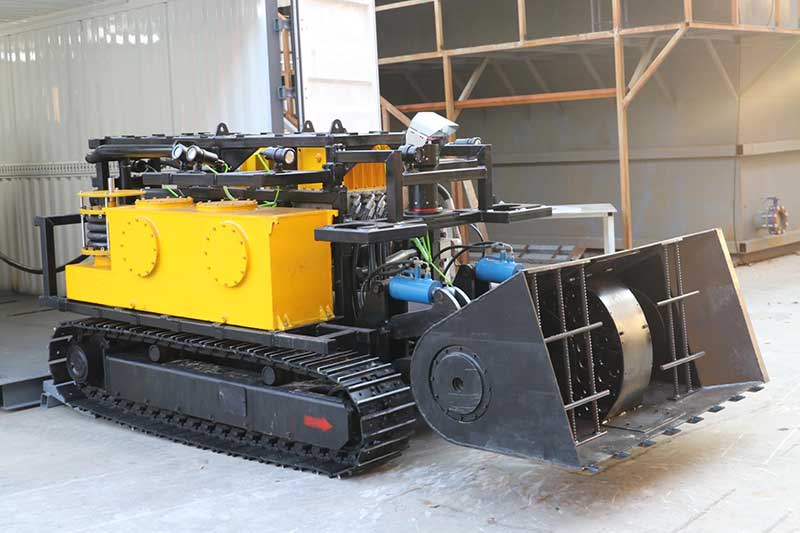
As one of the most densely populated cities globally, Hong Kong features a complex network of underground box culverts. These concrete structures, serving as the “arteries” of the city, face perennial challenges of sediment accumulation that reduce drainage efficiency.
Traditional manual dredging operations encounter a dual challenge:
1. Workers are required to enter confined box culverts, exposing them to risks associated with working in enclosed spaces.
2. To ensure worker safety, water flow must be temporarily halted, limiting operations to dry seasons. This “dual-restriction” model not only results in an annual 180-day operational downtime but also necessitates significant manpower for cofferdam construction, creating a cycle of “high risk, high cost, and low efficiency.”
Rainwater flows through these box culverts into the sea, carrying sand and soil that accumulate within the system. This sediment buildup affects drainage capacity and can lead to severe flooding if left unchecked. The DSD conducts regular inspections and undertakes dredging projects when necessary. The remote-controlled dredging robot offers an urbanized dredging solution.
The robot operates similarly to a large vacuum cleaner, measuring 3 meters in length, 1.5 meters in width, and 1.5 meters in height. It is lowered into the culvert through access points using a crane. Once inside, operators monitor the robot's progress via closed-circuit television and sonar systems from a control room. The robot is remotely maneuvered to sediment-blocked areas, where it vacuums the sludge. The collected sediment is pumped through a connected pipeline to temporary sludge holding tanks on the surface for further processing. After dewatering, the sludge is transported to landfill sites.
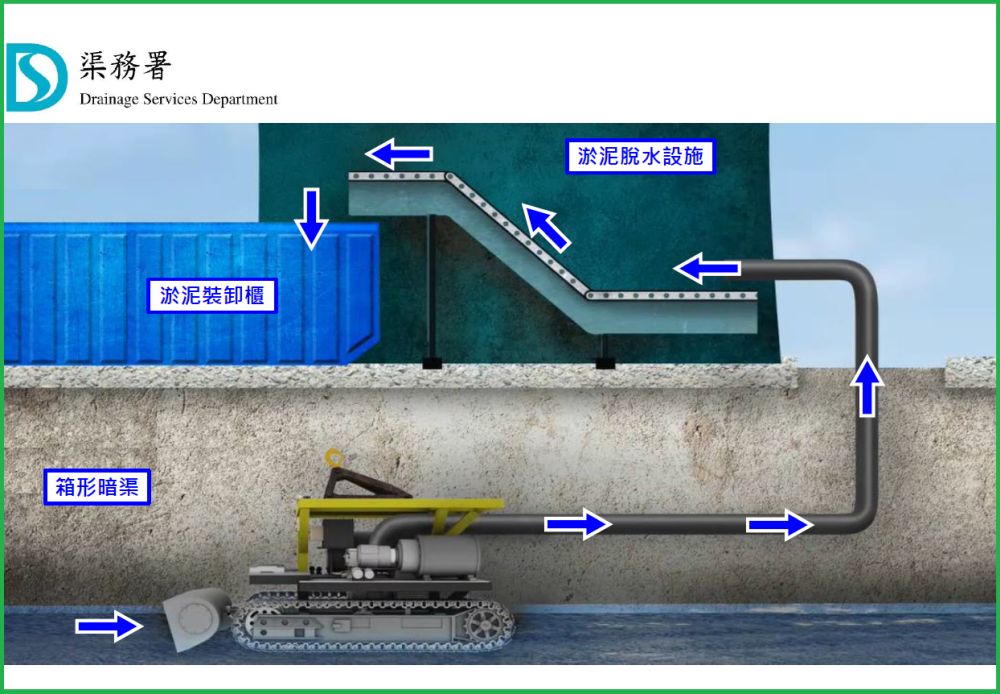
Advantages of the Dredging Robot:
1. Workers are no longer required to enter confined culverts.
2. The robot's waterproof design allows it to operate in wet conditions, enabling dredging operations even during the rainy season.
3. The need for water flow interruption and cofferdam construction is eliminated, enhancing safety, accelerating work progress, and reducing operational costs.
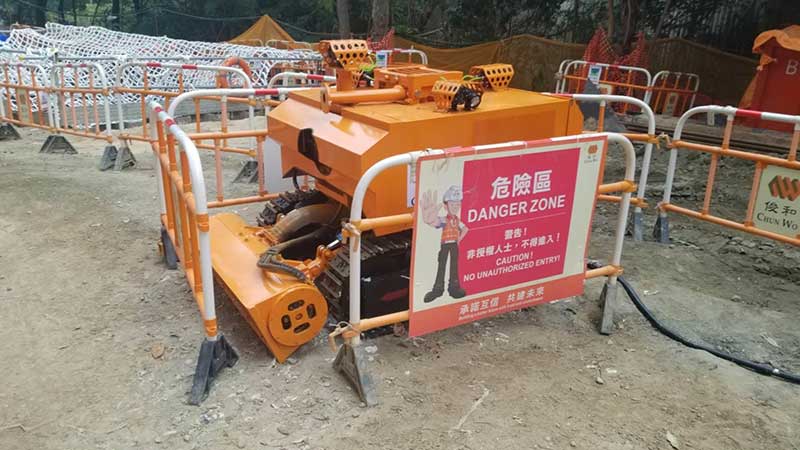
This intelligent robot extends the maintenance window from the traditional 5 months to a full 365 days per year, streamlining operations and improving efficiency.
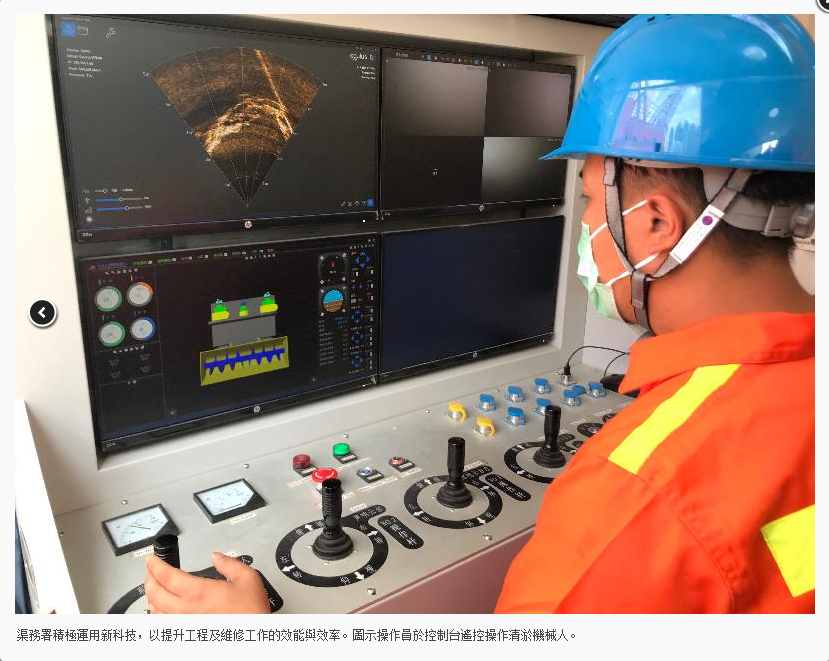
During a recent pilot project in Sham Shui Po, Hong Kong, the 3-meter-long “steel cleaner” set a new benchmark with an efficient dredging rate of 19 cubic meters per hour, a 15% improvement over traditional methods, while reducing labor costs by 30%.
In this “silent revolution” of urban underground infrastructure, technological innovation is redefining how humanity interacts with city systems. As the dredging robot steadily advances through dim concrete channels, it illuminates not only its surroundings with the glow of intelligent sensors but also the firm steps of a city marching toward a smarter future.
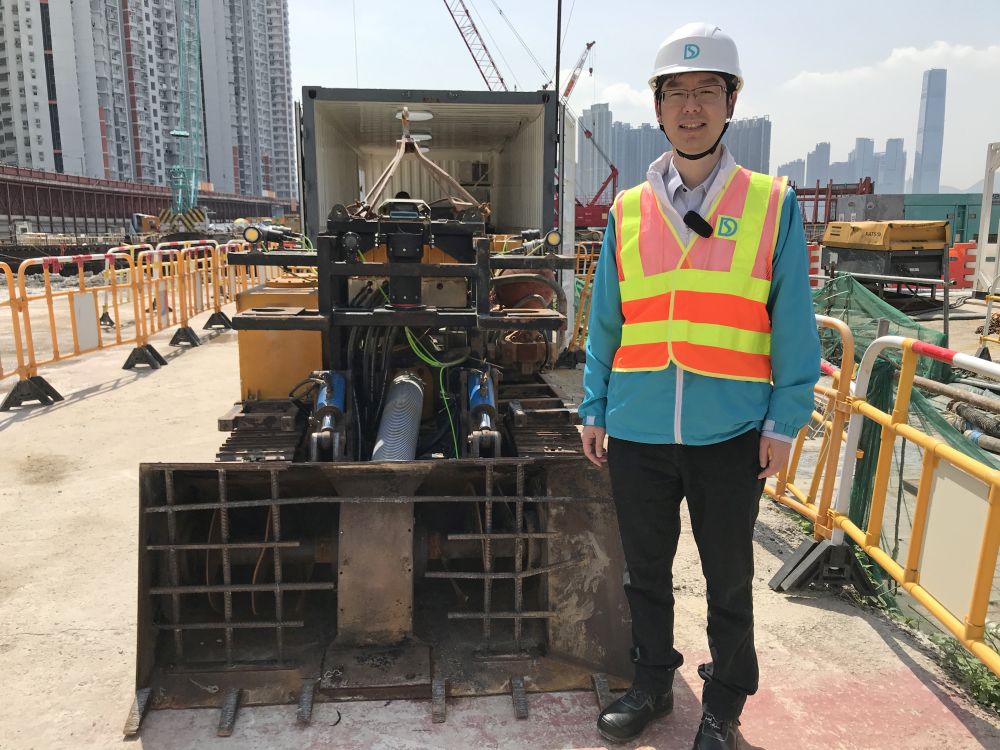
Next
2023-11-01 - VVLAI reaches 2000 meters deep with its self-developed equipment in a successful first deep-water mission.
On October 27, the “Hanze” construction vessel deployed the fully domestically produced “Shandong Future VY150” deep-sea heavy-duty work robot, with a 100% domestic production and matching rate for its core components.
Previous
2022-12-28 - VVLAI: 3500m Deep Sea Robot Achieves 98% Domestically
A groundbreaking underwater observation and operational robot, fully hydraulic and multi-functional, has successfully passed testing. Designed to operate at depths of up to 3,500 meters, the robot can perform underwater searches, explosive disposal, offshore engineering tasks, and pipeline inspections. This cutting-edge device was developed independently by Shandong Future Robotics Co., Ltd. in just one year, achieving a remarkable 98% domestically sourced component rate.